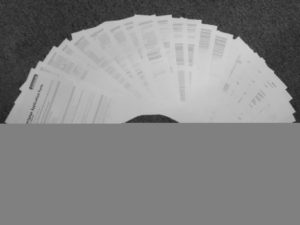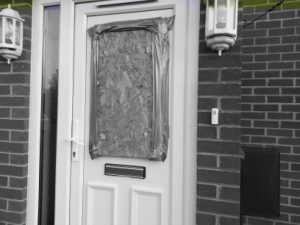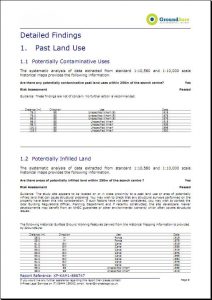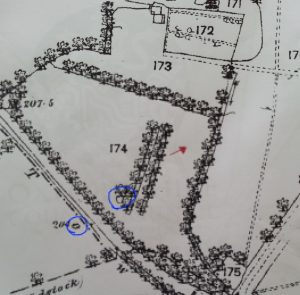This blog post is the sixth and final part in a series about buying our first house. In the fifth post, we finally exchanged contracts with the sellers after a long-running disagreement about who was going to repair the front door…
A series of days flew by in a cardboard-box-filled blur, and suddenly it was the last Friday in July – the day upon which our sale was completed. I’d run out of spare days of annual leave, so I was only able to justify taking the afternoon off to pick up a van, scoop up Ruth and Matt, get the keys to the new house, and meet JTA there.
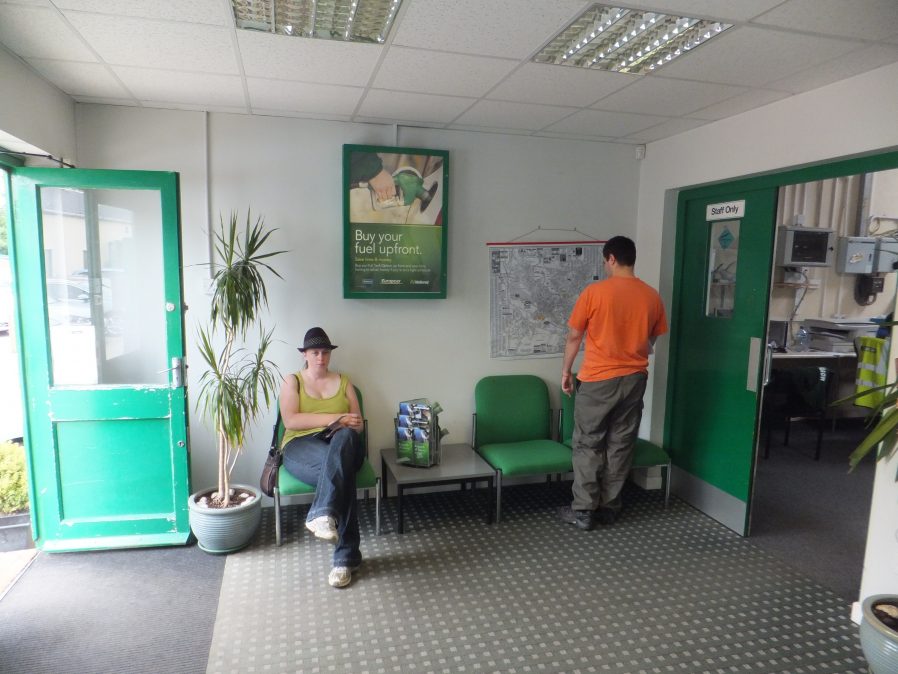
The estate agents were conveniently just two doors down from a locksmith, so we got some keys cut to what we believed to be the new front door, while we were there. It’s also sandwiched between a funeral home and a florist, which makes it sort of a one-stop street when somebody dies and you want to put their house on the market.
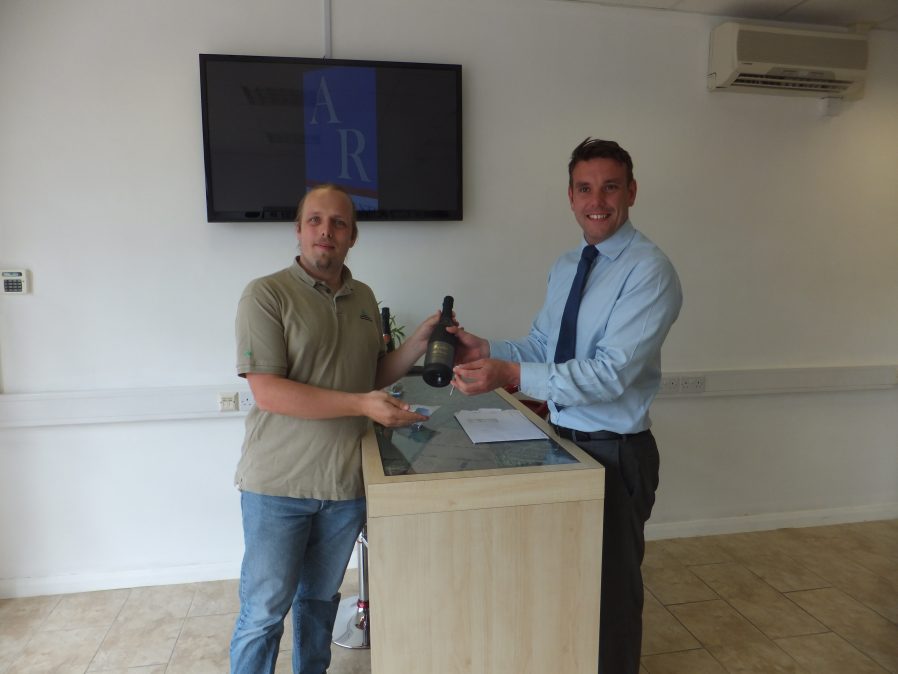
We soon discovered that the “fix” that had ultimately been applied to the broken front door was simply to swap it for a different exterior door, from the inner porch. A little cheeky, and a little frustrating after all the fighting we’d done, but not the end of the world: we still had a perfectly good front door and – as we planned to use the annex as part of the main house, anyway, we were happy to take the door down and leave an open doorway, anyway.
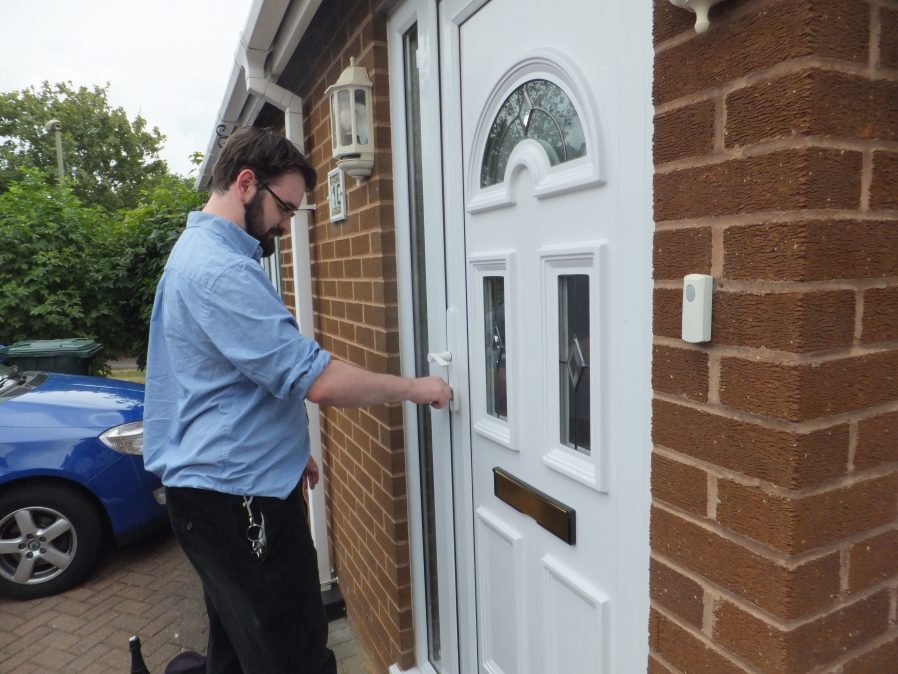
A vacant house feels big and empty. Our new – large! – living room felt enormous. Meanwhile, packing up our old house – with its painted walls and wooden floors – was beginning to sound echoey as it became emptier.
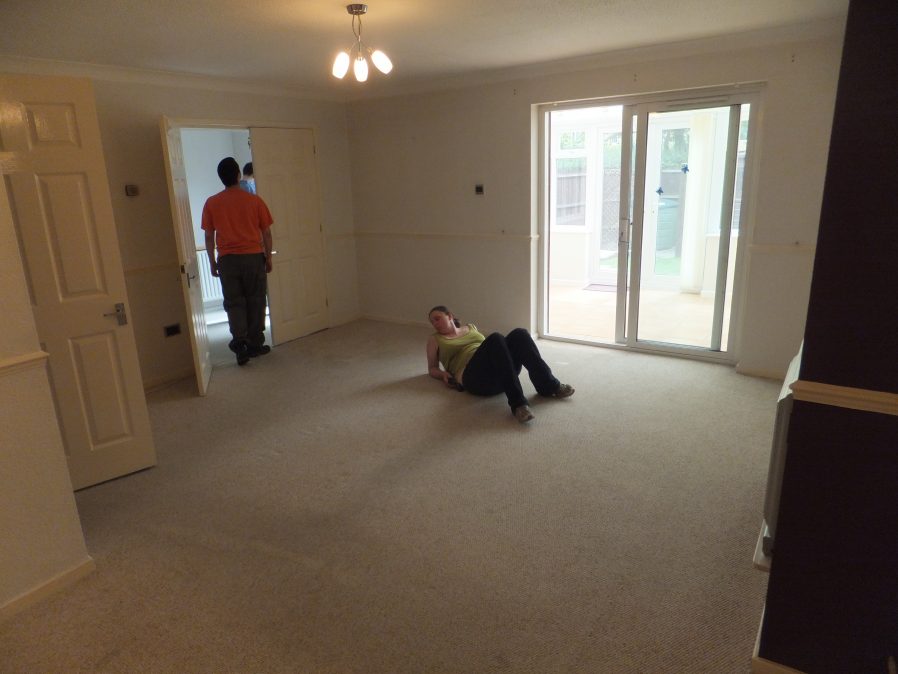
We spent a long time working out which of the many keys we had fit which of the locks, as there were quite so many: there’s the front door, the inner front door, the other inner front door, the back door, the outer conservatory door, the inner conservatory door, the gate lock, the shed lock, the window locks, and a good handful of keys besides that we still haven’t identified the purpose of. It’s was like the previous owners just bought a pile of additional keys, just as a prank.

We’d rented a van over a long weekend in which to do the majority of the move, and we’d hired some burly men with a bigger van to move some of the heaviest furniture, and to collect a piano that we’d bought (yes, we have a piano now; booyah).
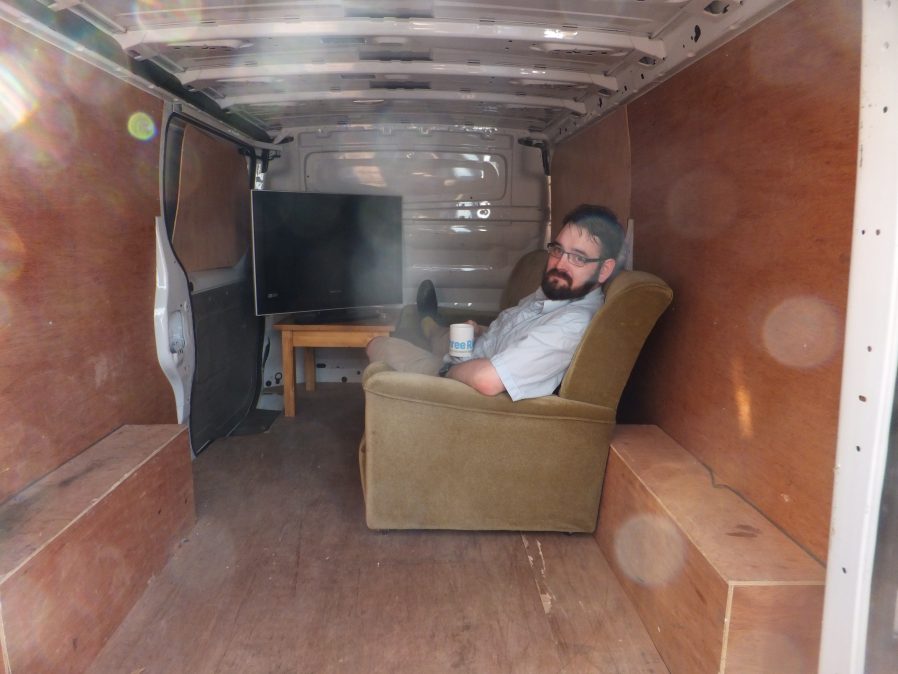
Very helpfully, Alec came and joined us, and helped run an enormous amount of boxes and furniture down and out of the three-stories of our old house, and in and up the three-stories of our new house. Why do we keep torturing ourselves with these tall buildings? At least our new staircases are a better shape for carrying mattresses up.
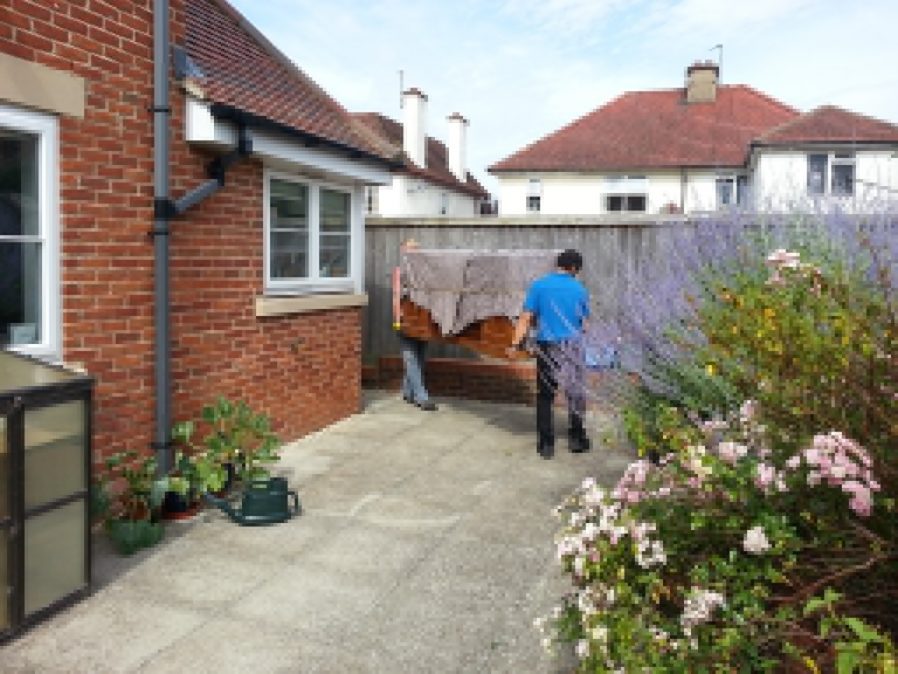
The weather stayed good, with only occasional showers (and thankfully, never when we were carrying soft furnishings between a van and a building) and one brief but wild thunderstorm (that we managed to avoid only with a quick re-arrangement of the van contents, slamming the doors, and sprinting for cover), and we worked hard, and we ended up a day ahead of schedule before we were finished.
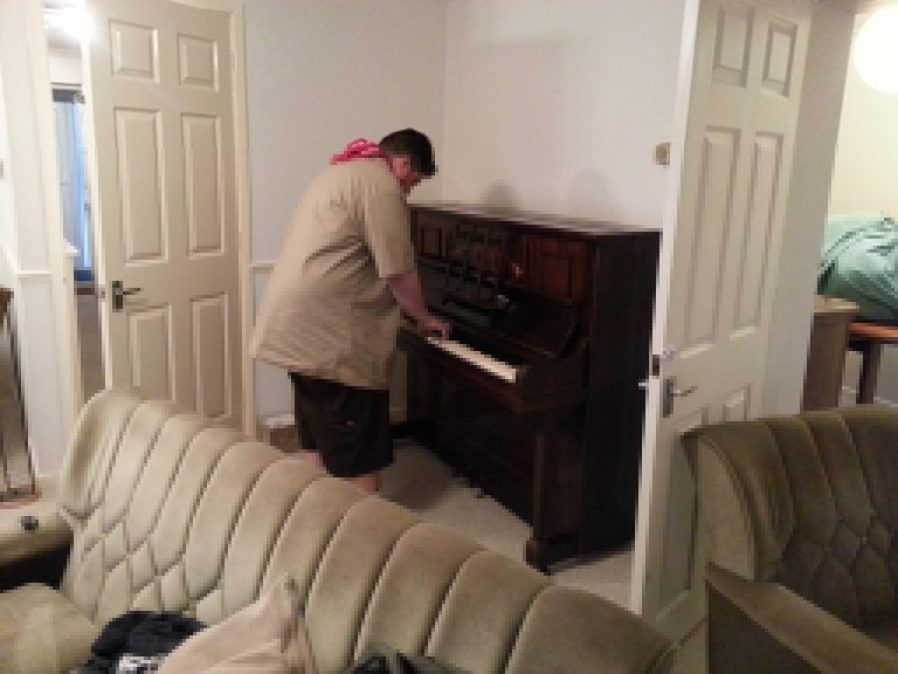
In order to minimise the amount of the deposit that we might otherwise lose, from our old place, and because we rightly anticipated being too exhausted from the move to do all of the requisite cleaning ourselves, we’d hired some professionals. By this point, we weren’t even able to think in terms of money like normal people – by the time you’re spending five figures on tax and lawyers, you find it pretty easy to shrug off the cost of a team of cleaners!

This did mean that Ruth and I had to each work from home, from the old house, for one last day while we let the cleaners, gardener etc. in. We left in the old house an absolute minimum of furniture: a single desk, chair, laptop computer, cup (for water), router, and cables.

As I left the house for the last time, as empty and quiet as it was the day we first moved in, I felt a sense of serenity; a calm that came from a number of simultaneous realisations… that this was probably the last house move I’d have to do in a long while… that I finally lived somewhere that I didn’t (theoretically, at least) have to ask for somebody’s permission before I put a picture hook up or painted a wall… and that at long last I was paying off my own mortgage, rather than somebody else’s. It was the beginning of a new era.
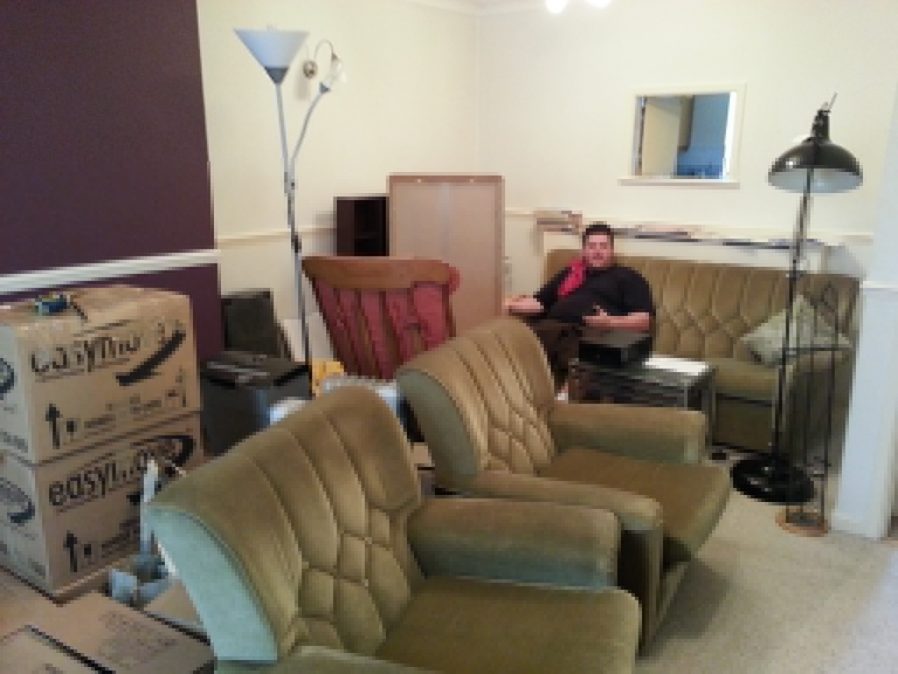
Changing tack from the theme by which our houses have been named since 2010, our new home is called Greendale. And yes, there’s a website (albeit a little sparse, for now). There’s always a website.
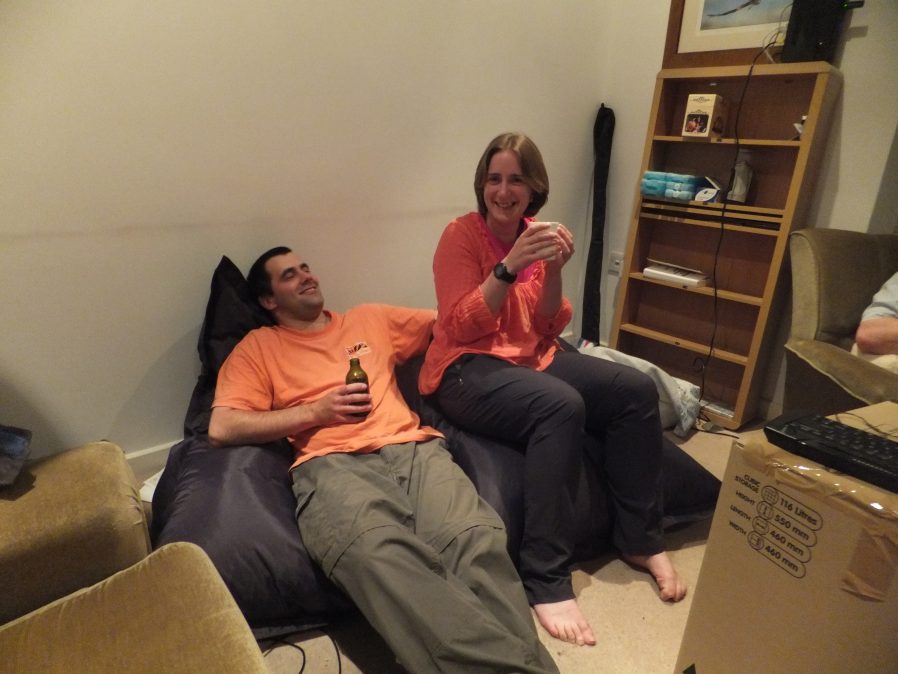
There’ll be a housewarming party on 22nd September: if you’re a friend of one or more of us, you’ve probably received an invitation already. But if you haven’t – and it’s not impossible, because we weren’t sure of everybody’s best email addresses these days – and you expect you should have, let me know. It’s not that we don’t love you: we just don’t love you enough to remember to invite you to stuff, that’s all.
